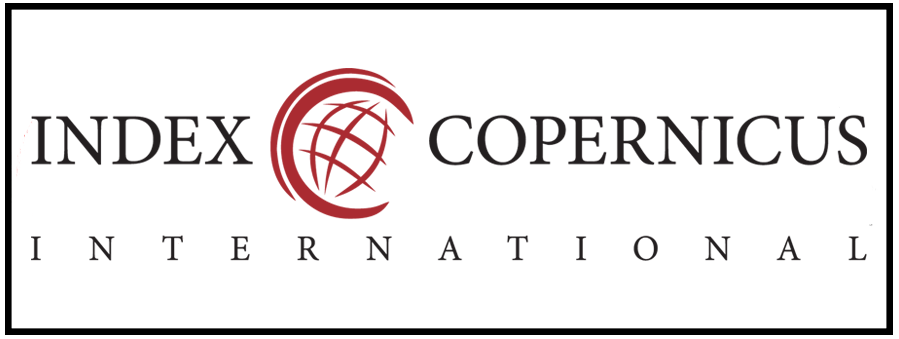Improving Students' Self-Confidence in Learning Through Action Research: Presentation Skills in Focus Improving Students' Self confidence in Learning
DOI:
https://doi.org/10.53866/ijcar.v3i1.753Keywords:
Self-confidence, Oral presentation, Student-teachers, Action research, EthiopiaAbstract
This action research aimed to improve students' self-confidence in learning, with a specific focus on presentation skills. It was initiated and implemented by the practitioner at a Teacher College in Injibara, Amhara Region, Ethiopia. The participants were second-year regular Civic and Ethical Studies student teachers from Room 10. Out of 18 student teachers, six were purposively selected to identify the root causes of the problem. Data were collected through interviews and direct quotations, which were analyzed qualitatively using descriptive sentences, while data gathered via presentation rubrics, were analyzed using percentages. The pre-intervention findings revealed that shyness, nervousness, fear, and lack of knowledge hindered students from delivering oral presentations confidently in front of an audience. Based on these findings, intervention strategies were designed to address these challenges. After implementing these strategies over four months, the project proved successful in enhancing students’ oral presentation skills and reducing nervousness and fear.
References
Bundura, A. (2006). Towards a psychology of human agency. Perspect Psychol. Sci. 1(2):164180.
Gallo, C (2006). The 10 worst presentation habits. Business Week.com. Retrieved October 20, 2006 from:http://images.businessweek.com/ss/06/02/m istakes/index_01.htm
Fatma, F. (2015).A study of self-confidence of adolescents in relation to their gender, locality and academic achievement. IJAR, 1(12), 541-544.
Hopkins, D. (1985). A Teacher’s Guide to Classroom Research.Open University Press.
King, J. (2002). Preparing EFL Learners for oral presentation. Doing Hwa Journal of Humanistic Studies, 4, 401 - 418
Lima, F. E. (2016). Comprehensibility and liveliness in nonnative student oral presentations before and after training: A mixed-methods study. System, 63, 121-133.
McCroskey, J. C. (2005). Oral communication apprehension: A summary of recent theory and research. Human Communication Research, 4, 78- 96.
Hopkins, D. (1985).A Teacher’s Guide to Classroom Research. Open University Press.
McKernan, J. 1996. Curriculum Action Research: A Handbook of Methods and Resources for the Reflective Practitioner. London: Routledge Falmer.
Murakami, C., Valvona, C., &Broudy, D. (2012).Turning apathy into activeness in oral communication classes: regular self-and peer-assessment in a TBLT programme. System, 40, 407-420.
Norman, M., & Hyland, T. (2003).The role of confidence in lifelong learning. Educational studies, 29(2-3), 261-272.
Richards, J. C., and Rodgers, T. S. (2001). Approaches and methods in language teaching. Cambridge: Cambridge University Press.
Sander, p & Sander, L (2005) Giving presentation: The impact on students’ perception. Psychological learning and Technology, 11 (1), 25-41.
Selvaraj, A., Gnanadevan, R. (2014). Self-confidence and stress among higher senior secondary students of Cuddalore District of Tamil Nadu. Journal of Community Guidence and Research, 31(1), 71-77.
Sucharitrak, S. (2018).Using video self-assessment to improve students English oral presentation skills. Veridian E-Journal, Silpakorn University, 11(5).94-104.
Stankov, L, Morony, S. & Lee, Y. P. (2014). Cofidence: The best non-cognitive predicator of academic achievement? Educational psychology, 34(1), 9-2 http://dx.doi.org/10.1080/01443410.2013.814194
Tamel, Z. F, &Askoy, B. A. (2001) Ergenvegelisimi. Self-esteem a hand book. Ankara: Nobel.
Verma, R. K., &Kumari, S., (2016). Effect of Self Confidence on Academic Achievement of Children at Elementary Stage. Indian Journal of Reseach, 5(1) 81-83.
Wright, J. H. (2009). Building self-confidence with encouraging words. Total Recall Publications, Incorporated
Downloads
Published
Issue
Section
License
Copyright (c) 2025 Leul Mekonnen

This work is licensed under a Creative Commons Attribution-ShareAlike 4.0 International License.





















